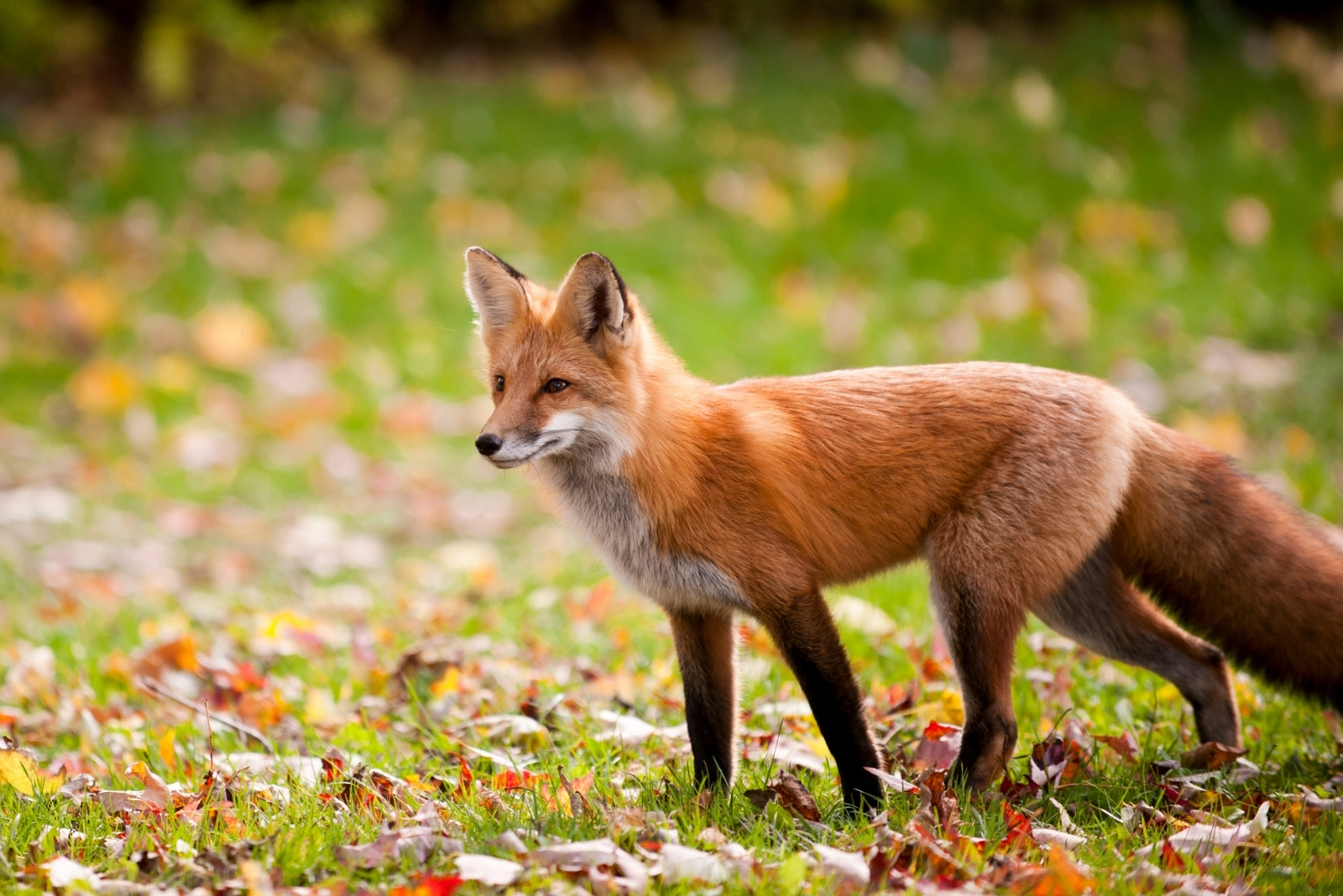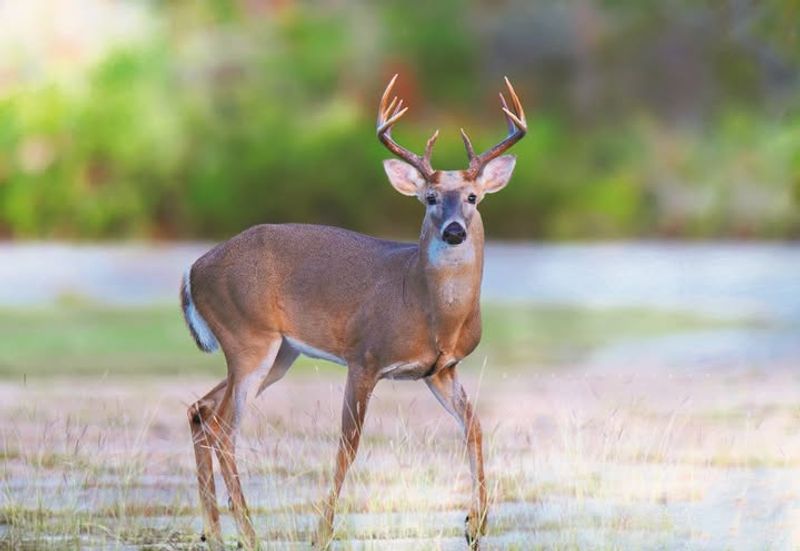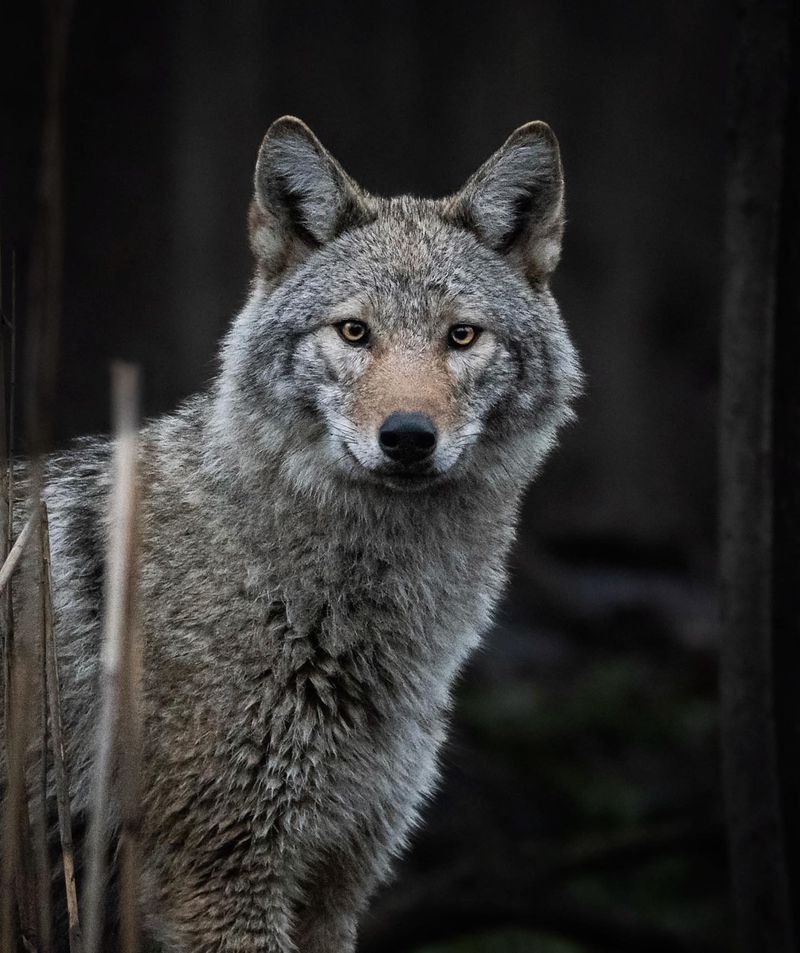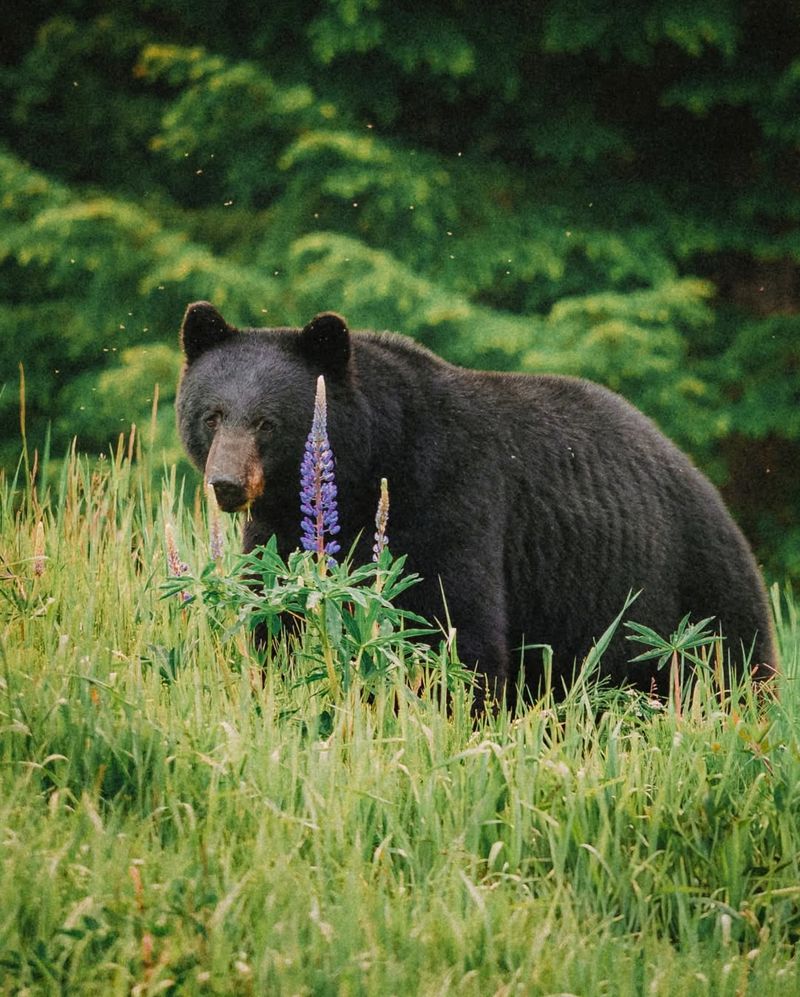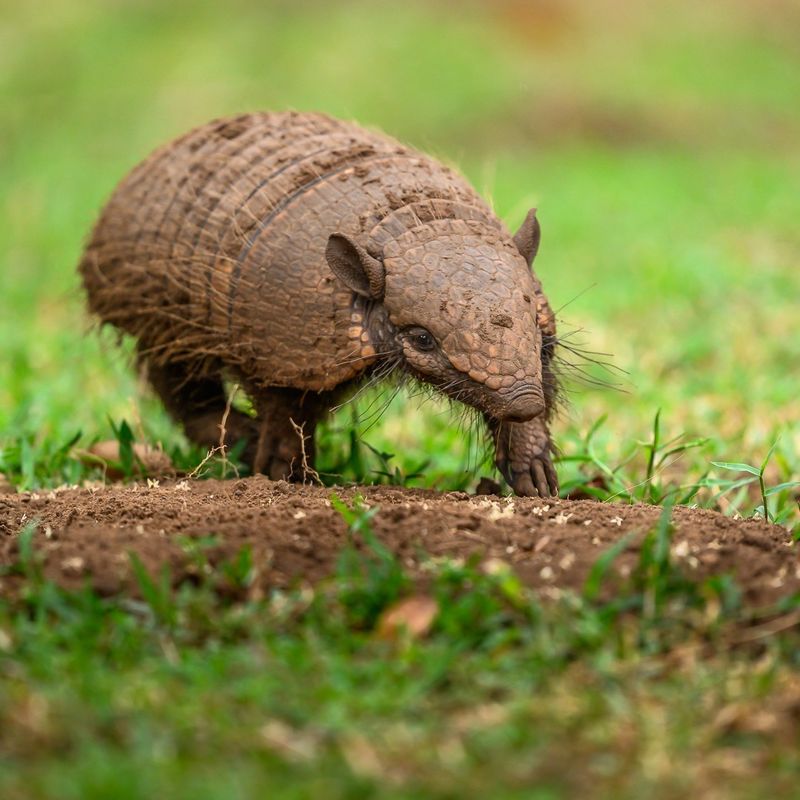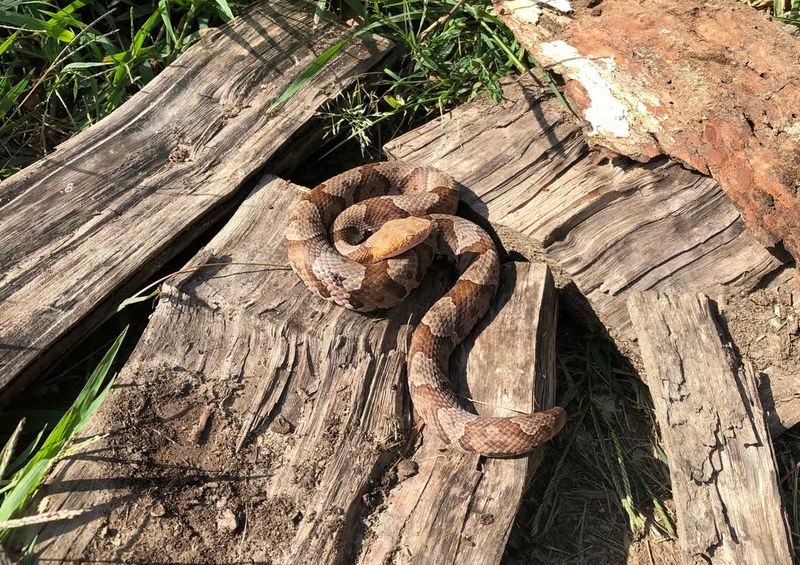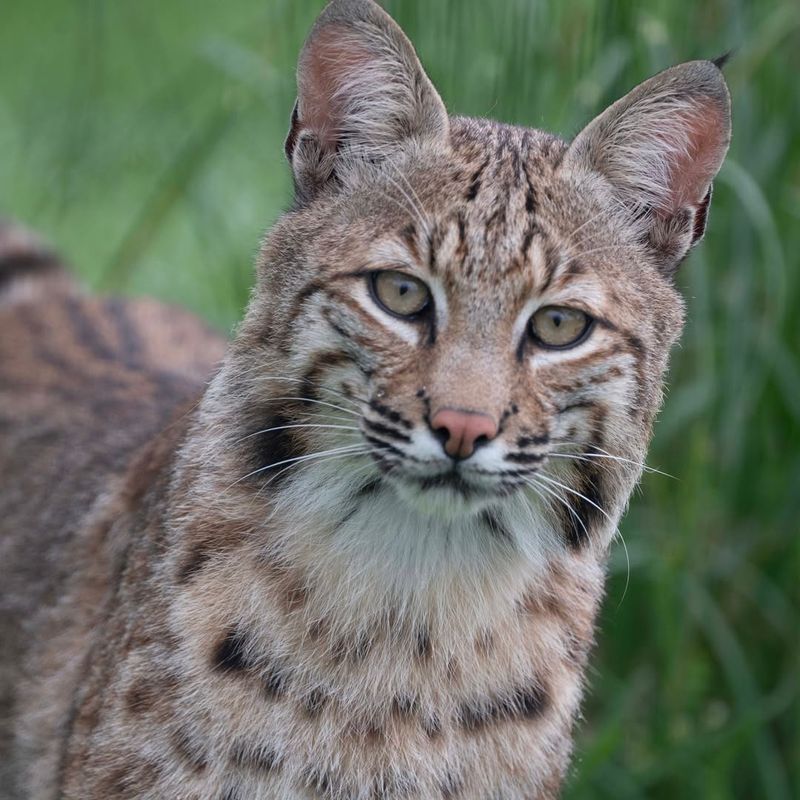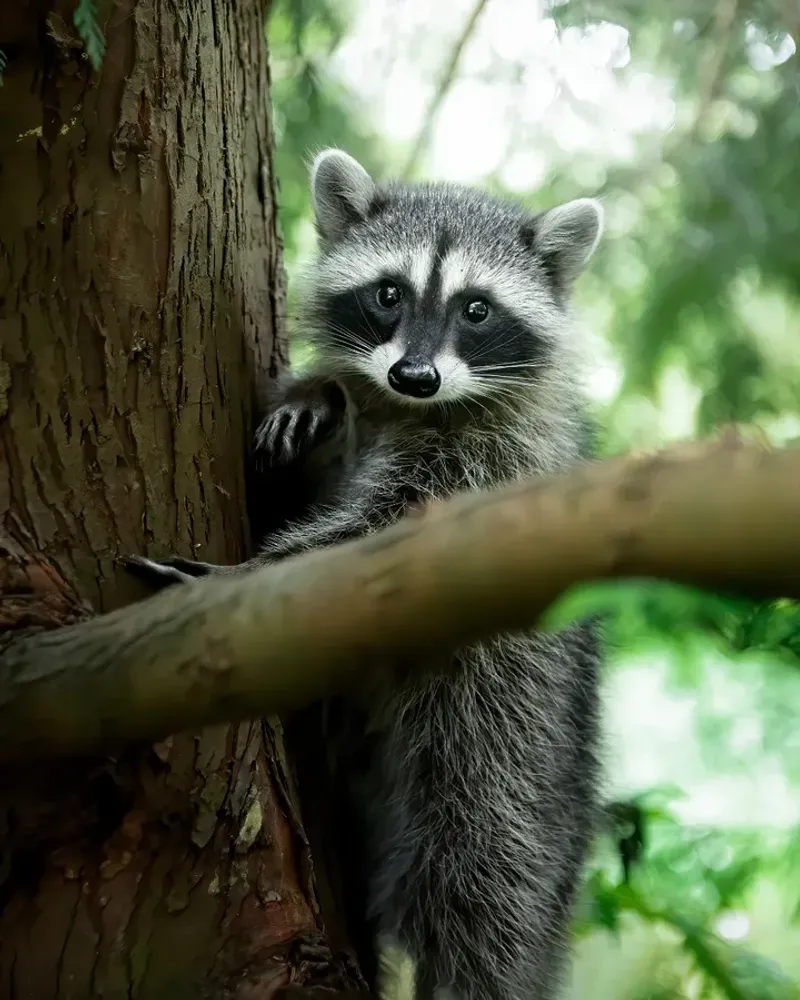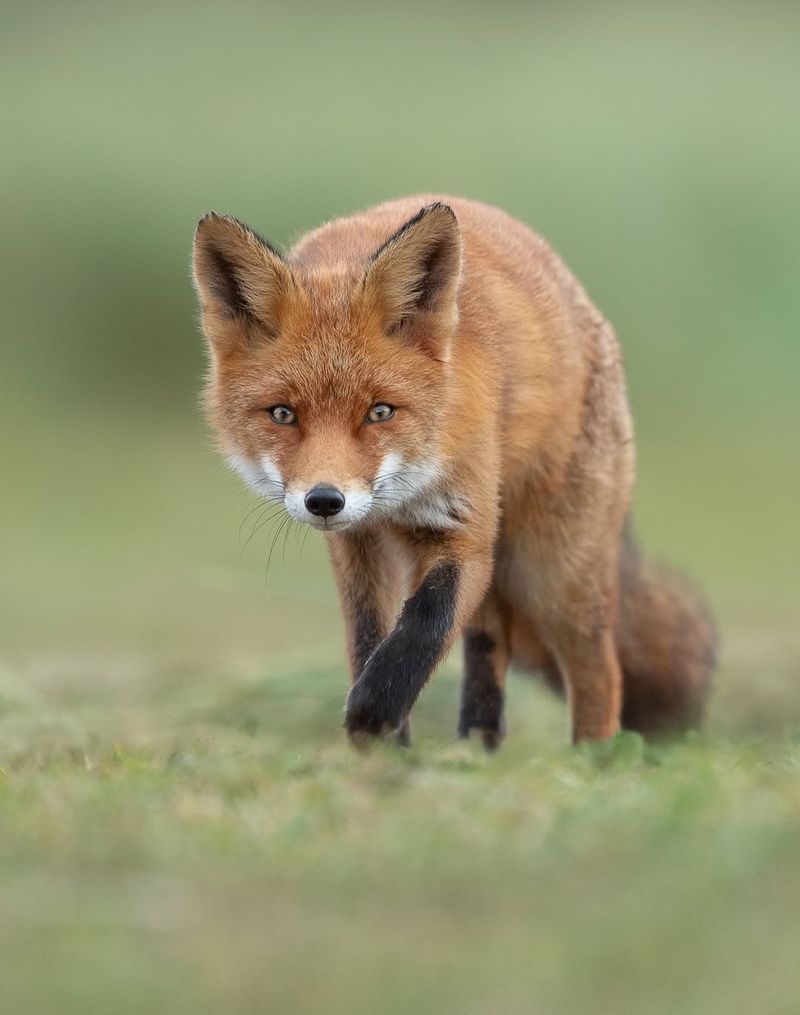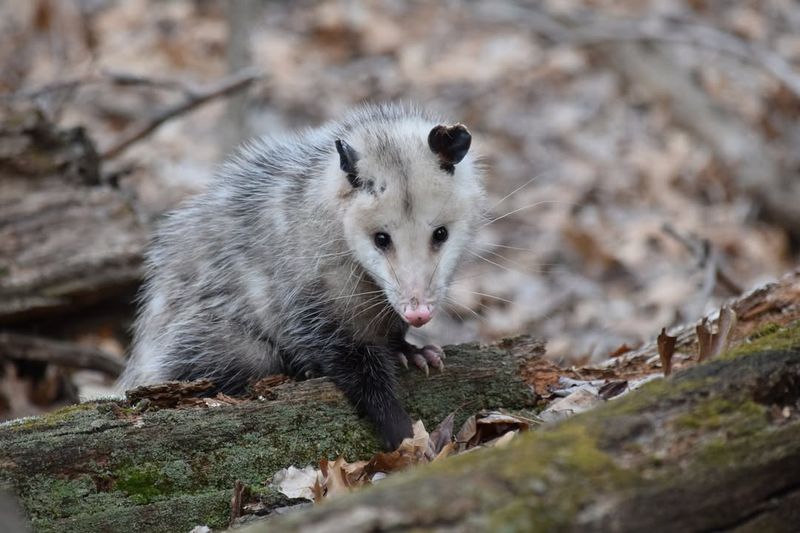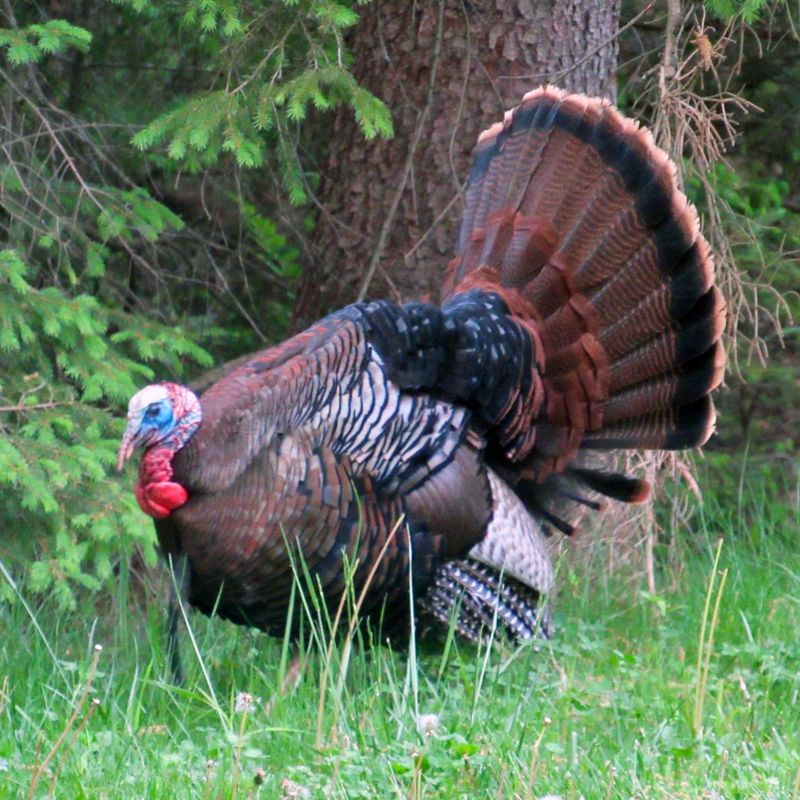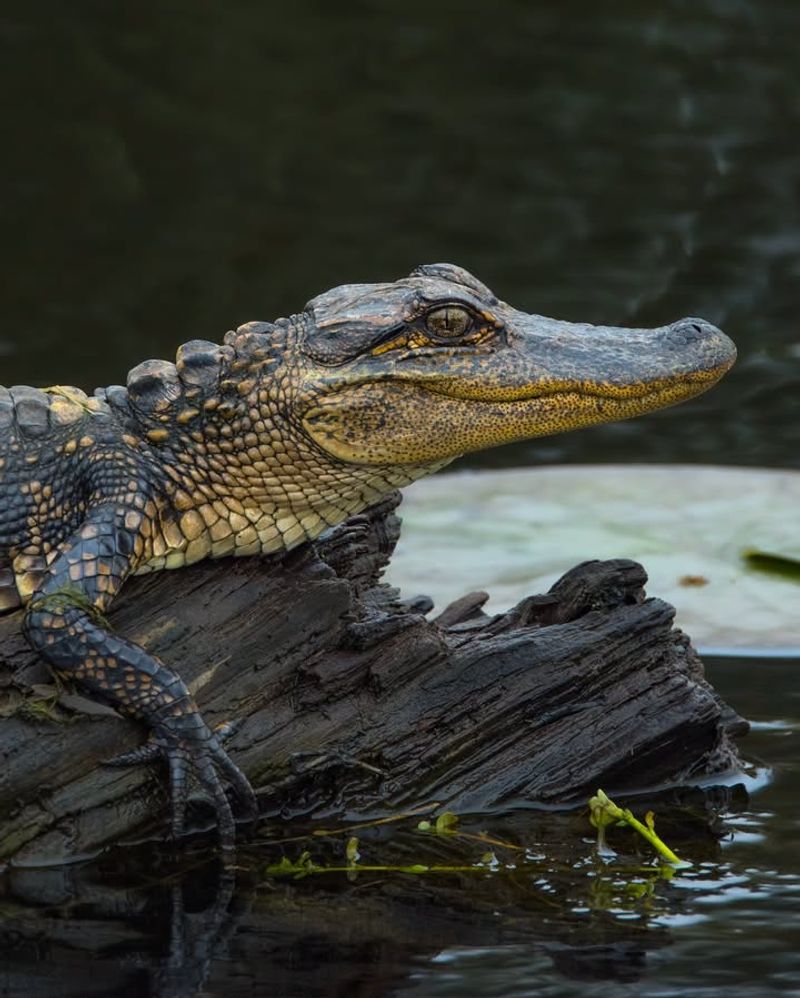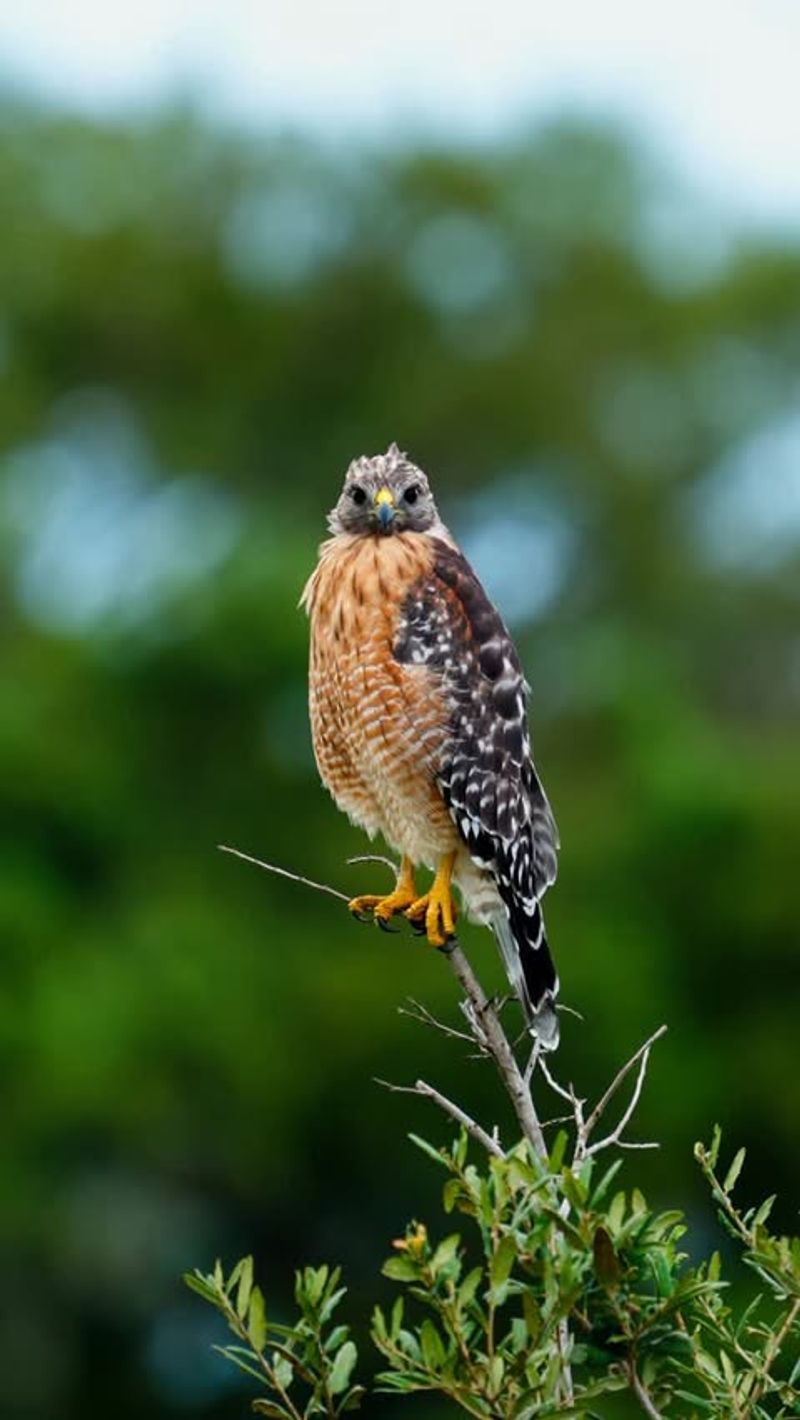South Carolina backyards have been getting livelier lately, with unexpected wildlife sightings on the rise. From curious mammals to colorful birds, these visitors bring nature closer to home.
Not every encounter is ordinary, but they all add charm to outdoor living. Here are 12 animals South Carolina homeowners have spotted recently.
1. White-tailed Deer
Dawn and dusk bring these graceful creatures into South Carolina yards, especially those bordering wooded areas. Their plant-nibbling habits often frustrate gardeners across the state.
Despite their seemingly gentle nature, bucks can become territorial during rutting season. Many South Carolina homeowners report entire family groups browsing through their properties, creating magical yet potentially garden-damaging moments.
2. Eastern Coyotes
Adaptable and intelligent, these canines have flourished in South Carolina’s changing landscape. Their nighttime yips and howls often startle residents who don’t realize these resourceful predators live nearby.
Unlike their western cousins, Eastern coyotes tend to be larger and more varied in color. South Carolina wildlife officials note they’re extremely shy around humans but may be attracted to unsecured garbage or outdoor pet food.
3. Black Bears
Surprising encounters with these powerful mammals are increasing throughout South Carolina, especially in areas near the mountains and larger forests. They’re naturally afraid of humans but drawn to easy food sources like bird feeders and trash cans.
Males can weigh over 400 pounds while females are considerably smaller. South Carolina’s Department of Natural Resources recommends removing attractants from your yard since bears remember reliable food locations.
4. Armadillos
Newcomers to the state, these armored diggers leave distinctive cone-shaped holes as they search for grubs and insects. Their poor vision means South Carolina residents often spot them bumbling around even during daylight hours.
Those distinctive shells aren’t just for show – they provide serious protection from predators. Many South Carolina homeowners first notice armadillo presence from the small pits and upturned soil patches appearing overnight in their once-pristine lawns.
5. Copperhead Snakes
Perfectly camouflaged against fallen leaves, these venomous natives cause concern for many South Carolina families. Their hourglass-patterned bodies blend remarkably well with natural ground cover and mulched garden beds.
Unlike some aggressive snake species, copperheads typically freeze when threatened. South Carolina poison control centers remind residents that while bites require immediate medical attention, deaths are extremely rare with proper treatment.
6. Bobcats
Elusive and solitary, these wild felines typically avoid human contact but occasionally venture into South Carolina neighborhoods. Their tufted ears and bobbed tails make for unmistakable identification when homeowners are lucky enough to spot one.
Mostly nocturnal, they hunt rabbits, rodents, and occasionally backyard chickens. South Carolina wildlife experts note that bobcat sightings have increased as trail cameras and doorbell videos capture these normally secretive predators passing through residential properties.
7. Raccoons
Masters of adaptation, these masked bandits thrive wherever South Carolina humans create habitat. Their dexterous paws can open simple latches, untie knots, and manipulate complex objects with surprising intelligence.
Nighttime raids on garbage cans, pet food bowls, and garden produce frustrate many homeowners. South Carolina’s mild climate supports healthy raccoon populations year-round, making them among the most commonly spotted wild mammals in suburban settings.
8. Red Foxes
Flame-colored and quick-moving, these beautiful predators often establish dens near human habitation throughout South Carolina. Their distinctive bark-yips might be mistaken for neighborhood cats or small dogs by unsuspecting residents.
Despite their wild nature, foxes have adapted remarkably well to suburban life. South Carolina homeowners frequently report these elegant creatures trotting through yards at dawn or dusk, hunting rodents that might otherwise damage gardens.
9. Opossums
North America’s only marsupial waddles through South Carolina gardens performing valuable pest control services. These misunderstood creatures consume thousands of ticks annually and are naturally resistant to rabies and snake venom.
Their strange appearance and notorious playing-dead defense mechanism often startle homeowners. South Carolina’s hospitable climate allows these beneficial animals to thrive year-round, making midnight sightings common around houses with accessible food sources.
10. Wild Turkeys
Gobbling groups of these impressive birds increasingly wander through South Carolina neighborhoods, especially those near woodlands. Males display spectacular feather fans during spring mating season, creating memorable backyard wildlife moments.
Despite their size, turkeys can be surprisingly quick and agile. South Carolina bird enthusiasts enjoy watching these native fowl scratch for insects and seeds, though some homeowners complain about garden damage from their vigorous foraging.
11. Alligators
Coastal and lowcountry South Carolina residents occasionally find these prehistoric reptiles lounging in backyard pools or neighborhood ponds. Their ancient silhouettes and powerful jaws command immediate respect from anyone encountering them.
Mostly active during warmer months, alligators generally avoid human contact. South Carolina wildlife officials respond to numerous calls each spring as young males search for territory, sometimes ending up in surprising residential locations far from their typical wetland habitats.
12. Red-shouldered Hawks
Perched regally on tall trees, these striking birds of prey survey South Carolina yards for potential meals. Their distinctive call – a clear, whistled “kee-aah” – often alerts homeowners to their presence before they’re spotted.
Nesting pairs return to the same territories year after year if successful. South Carolina birdwatchers value these beautiful raptors for controlling rodent populations, though some small pet owners worry about potential predation from these efficient hunters.

